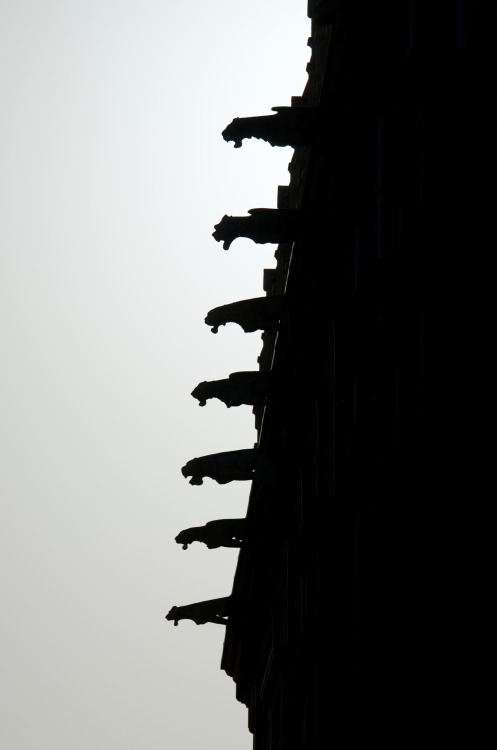Gargoyles atop Gonville & Caius College in Cambridge. f9,…
Gargoyles atop Gonville & Caius College in Cambridge.
f9, 1/1600, -2ev, 200mm, © Gareth Simons
Continue reading »The latest outputs from researchers, alumni and friends at the UCL Centre for Advanced Spatial Analysis (CASA).

Gargoyles atop Gonville & Caius College in Cambridge.
f9, 1/1600, -2ev, 200mm, © Gareth Simons
Continue reading »

Gargoyles atop Gonville & Caius College in Cambridge.
f9, 1/1600, -2ev, 200mm, © Gareth Simons
Cambridge has its fair share of Gargoyles, and the specimens perched atop Gonville and Caius college are amongst my favourites.
Continue reading »

Gargoyles atop Gonville & Caius College in Cambridge.
f9, 1/1600, -2ev, 200mm, © Gareth Simons
Continue reading »

Gargoyles atop Gonville & Caius College in Cambridge.
f9, 1/1600, -2ev, 200mm, © Gareth Simons
Continue reading »A Cambridge bound train at King’s Cross delayed due to high winds and a tree downed on the…
Continue reading »A Cambridge bound train at King’s Cross delayed due to high winds and a tree downed on the…
Continue reading »A Cambridge bound train at King’s Cross delayed due to high winds and a tree downed on the…
Continue reading »A Cambridge bound train at King’s Cross delayed due to high winds and a tree downed on the…
Continue reading »
 |
| Image1. The poster of Cinematic Urban Geographies Conference. |
 |
| Image2. The image was captured in the movie of ‘The Introduction of Architecture’ |
The Introduction of Architecture: Drawing our route on the map
It does not require much effort to rediscover our city in the ordinary, everyday city of others. When we draw our daily route on a map, every space I walk in the city re-emerges with spatial organisations, street scenes, movements and sounds. Through the act of mapping, hidden experiences and activities in the city become a small part of the city and accumulate as a social and cultural layers within it.
The plot of ‘The Introduction of Architecture’, released in 2012, shows a love story between young university students who meet in a class called ‘Introduction of Architecture’. In the movie, a lecturer asks students to draw their commuting routes – from their homes to the university, which is located in the old centre of Seoul – on a map. When the hero marks his route, he finds his way already underlined by the heroine.
Continue reading »

 |
| Image1. The poster of Cinematic Urban Geographies Conference. |
 |
| Image2. The image was captured in the movie of ‘The Introduction of Architecture’ |
The Introduction of Architecture: Drawing our route on the map
It does not require much effort to rediscover our city in the ordinary, everyday city of others. When we draw our daily route on a map, every space I walk in the city re-emerges with spatial organisations, street scenes, movements and sounds. Through the act of mapping, hidden experiences and activities in the city become a small part of the city and accumulate as a social and cultural layers within it.
The plot of ‘The Introduction of Architecture’, released in 2012, shows a love story between young university students who meet in a class called ‘Introduction of Architecture’. In the movie, a lecturer asks students to draw their commuting routes – from their homes to the university, which is located in the old centre of Seoul – on a map. When the hero marks his route, he finds his way already underlined by the heroine.
Continue reading »
Image1. The poster of Cinematic Urban Geographies Conference. LAST month, Networking City submitted an application for the conference: Cinematic Urban Geographies which is organised by CRASSH, University of Cambridge. The conference tries to un…
Continue reading »